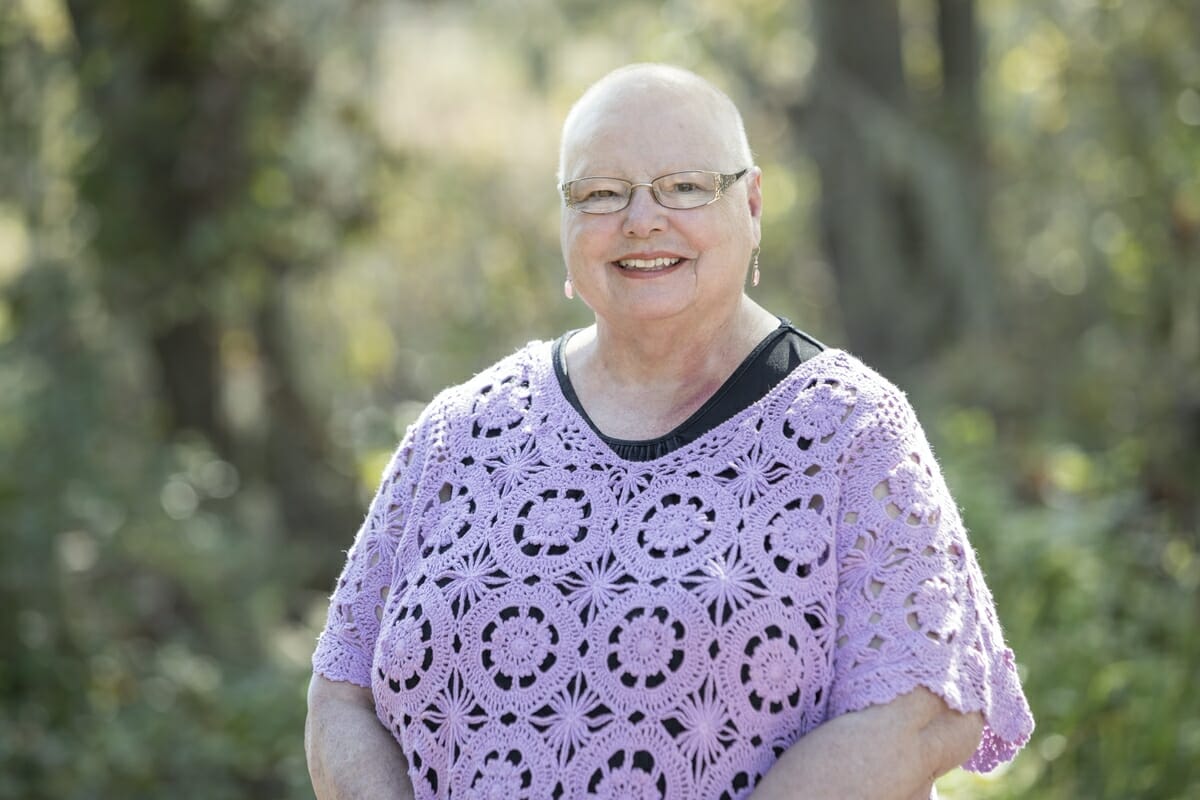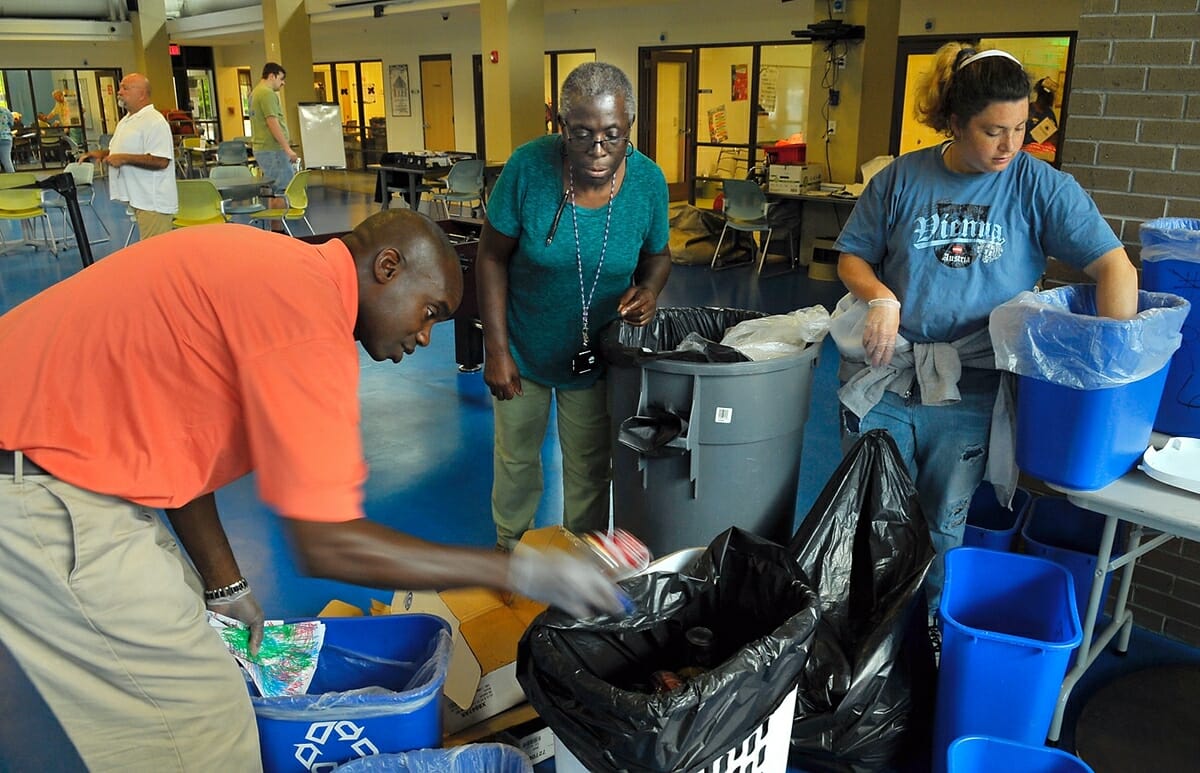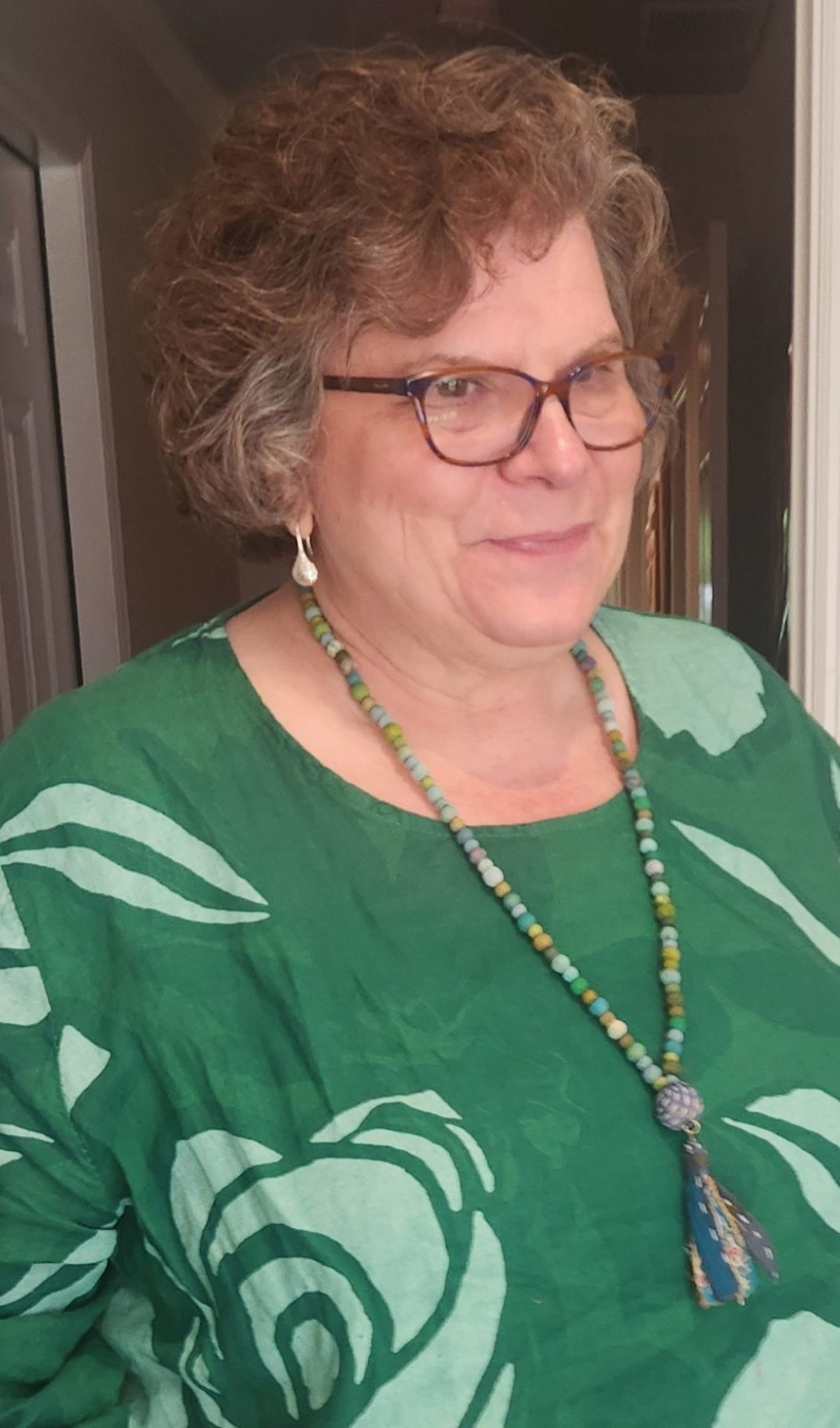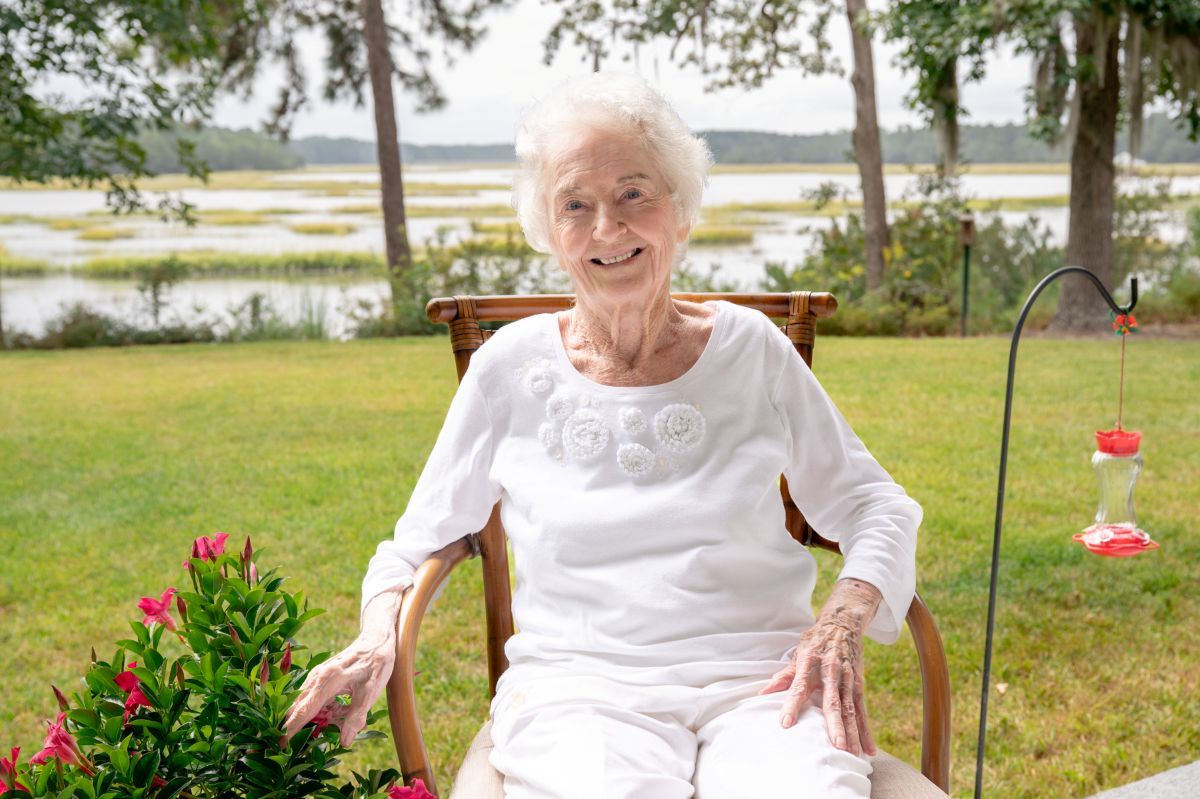Photo above: Sherry Campbell is currently halfway through six weeks of radiation therapy with Beaufort Memorial Hospital board-certified radiation oncologist Dr. Jonathan Briggs. Photo by Paul Nurnberg.
By Marie McAden
For Sherry Campbell, getting a routine mammogram was just another task on her to-do list. She expected to have the screening and go on her merry way as she had done after every previous test.
But last fall, the X-ray images revealed enlarged lymph nodes in her left breast. A biopsy confirmed the diagnosis: She had stage 3 invasive lobular carcinoma – the second most common type of breast cancer.
“It was a shock,” the 68-year-old Lady’s Island resident said. “I never even considered I could have cancer.”
The next few weeks would be a whirlwind of follow-up tests and appointments with the Beaufort Memorial Hospital physicians who would be providing her cancer care.
Her treatment plan began with a mastectomy performed by board-certified general surgeon Dr. Stephen Sisco. Along with her breast, he removed 28 lymph nodes. All of them had cancer cells.
Once she recovered from the surgery, she began 20 weeks of chemotherapy with two different combinations of drugs. BMH board-certified medical oncologist Dr. Marcus Newberry prepared her for the likely side effects of the powerful medication.
“On about day 15, my hair started falling out,” Campbell recalled. “It was very devastating. Somewhere in the back of my mind I had hoped it wouldn’t happen to me.”
Determined to stay upbeat throughout the ordeal, she summoned her husband, three children and grandkids for a hair cutting party.
“They all took a whack at cutting my hair,” she said. “It wasn’t sad because I was in control. I was choosing to cut it off rather than stand in the shower and watch it fall out a clump at a time.”
Within days Campbell lost all the hair on her body, including eyebrows and eyelashes. Although she escaped the nausea and vomiting some women experience during chemo treatment, she developed thrush, mouth sores and painful warts on the bottom of her feet. She lost the nails on all of her fingers and toes and felt physically exhausted.
“She handled it very well,” Newberry said. “I’ve never seen anyone with as good an attitude. When she came in for treatment, her husband would wear a tiara. He’s bald too. They did their best to have fun with it.”
Campbell is currently halfway through six weeks of radiation therapy with BMH board-certified radiation oncologist Dr. Jonathan Briggs. She is sporting fuzz on the top of her head, has grown back a few eyelashes and is feeling strong again.
She will need to take estrogen-lowering medication for five to 10 years and will require close monitoring for the rest of her life.
“I have very strong faith,” Campbell said. “God provided me with good doctors who are working together to cure me. I feel very positive.”
To schedule your mammogram, call 843-522-5015.
Did you know…
• October is Breast Cancer Awareness Month.
• Among US women in 2017, there will be an estimated 252,710 new cases of invasive breast cancer, 63,410 new cases of breast carcinoma in situ and 40,610 breast cancer deaths.
• While breast cancer incidence rates are highest in non-Hispanic white women, breast cancer death rates are highest in African-American women.
• Breast cancer is the most common cancer among women in the U.S. and around the world.
• Progress in treatment and early detection has led to improved survival for people of all ages and races, and with all stages of breast cancer. In fact, there are more than 3.1 million breast cancer survivors in the U.S. today (more than any other group of cancer survivors).
Sources: Susan G. Komen Foundation; American Cancer Society








